USA and Canada
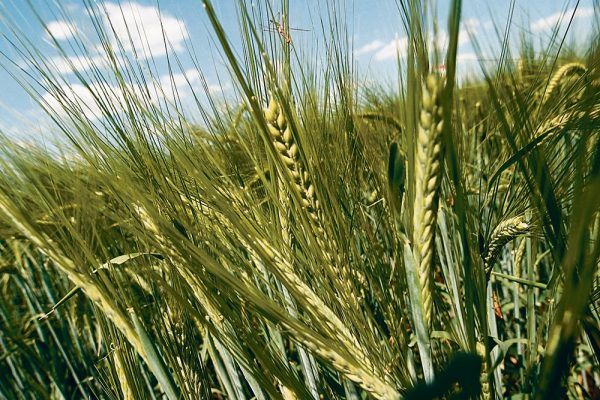
Maltsters watch barley quality
Maltsters are facing a double whammy in terms of supply constraints this year, says an industry official.
Not only is North American barley production way down, but there are serious quality issues as well.
“It’s going to be a tough year all around for producers and the malting industry alike,” said Peter Watts, managing director of the Canadian Malting Barley Technical Centre.
The average protein level in this year’s malting barley crop is north of 14 percent compared to the usual 11 to 12 percent range.
Read More…
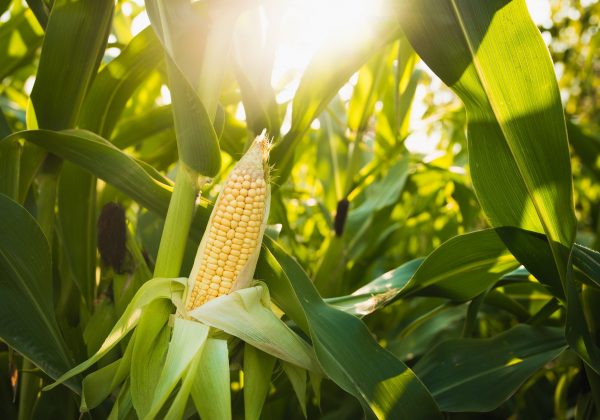
U.S. corn to supplement tight Canadian feed supplies
The looming corn harvest in the United States should keep a lid on rising feedgrain prices in Western Canada, with more corn expected to make its way into Canadian feedlots this winter.
“U.S. corn should start landing in Lethbridge sometime in October or early November,” said Jim Beusekom of MarketPlace Commodities in Lethbridge. “That will replace a substantial amount of the barley and feed wheat being used today.”
Beusekom noted that corn was currently trading at about C$30 to $40 per tonne cheaper than barley or feed wheat delivered into Lethbridge, with both domestic grains in the $390 to $400 per tonne area.
“We have to get through another six weeks of Western Canada supply until the corn comes in, and then we’ll see what happens after that.”
Read More
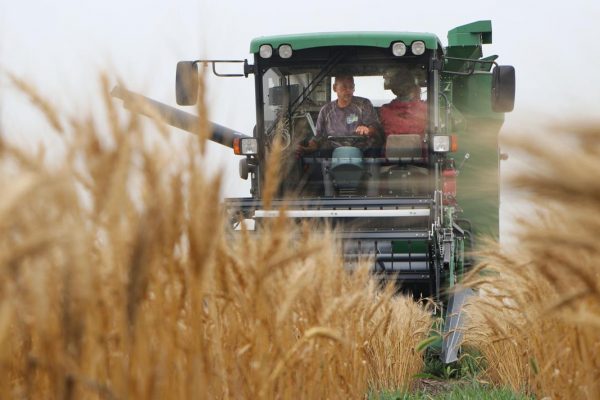
Statistics Canada: Saskatchewan crop yields expected to be very low compared to 2020
Statistics Canada has released numbers that show just how much less grain and other crops are being harvested this year in Saskatchewan.

The drastically low yields are the result of the crippling drought over much of the summer when temperatures were reaching over 30 C.
Wheat is one of the province’s staple crops and is used in everything from bread to breakfast cereal.
StatCan says total wheat production in the province will be down by nine million tonnes, or almost 45 per cent.
Read More…
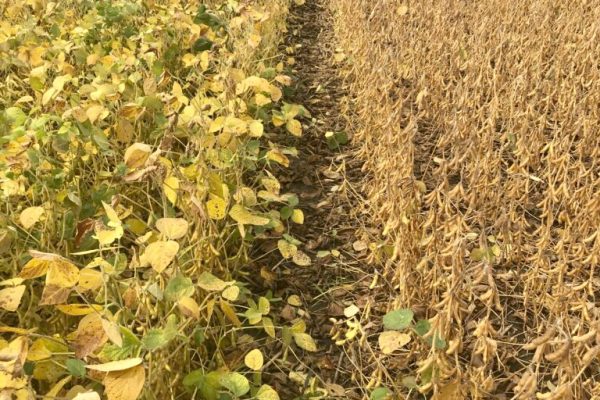
Assessing soybean performance
Soybean harvest has begun, and yields have generally been good. Many growers are reporting above average yields. But there are fields that underperformed. For those fields that yielded less than expected, it’s important to assess why in order to make good management decisions for the future. Sometimes we blame the weather or a specific variety too quickly and miss an opportunity to improve outcomes for next year.
Did a field mature unevenly, or did parts of a field yield much less than the rest? These can be tell-tale symptoms of underlying problems, not just soil type or drainage issues. For example, soybean cyst nematode (SCN) has become a large yield robber right across the province, including eastern Ontario. An underperforming field may be infected with low levels of SCN and the grower is unaware they have the problem.
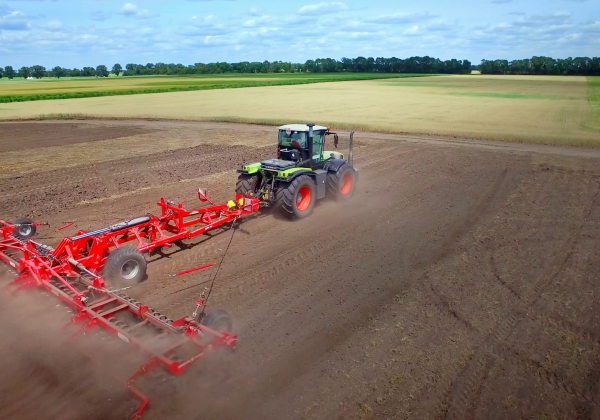
Affordable autosteer adds direction to older gear
Expanding farmers need to add seeding tractors, high clearance sprayers, swathers and combines. And, as a matter of efficiency, all these new machines need some sort of reliable autosteer system.
For the seeding tractor, accuracy down to 1.6 inches pass-to pass might be required. But for the sprayer, swather and combine, accuracy down in the range of four to six inches might fit the bill.
The more precise you are on each pass, the closer you come to eliminating overlap and reducing input, labour, fuel and hours on the equipment. Of course the higher accuracy you buy, the more you expect to pay.
The AgJunction company in Scottsdale, Arizona, builds a different autosteer for each level of accuracy.
Read more…
New Zealand
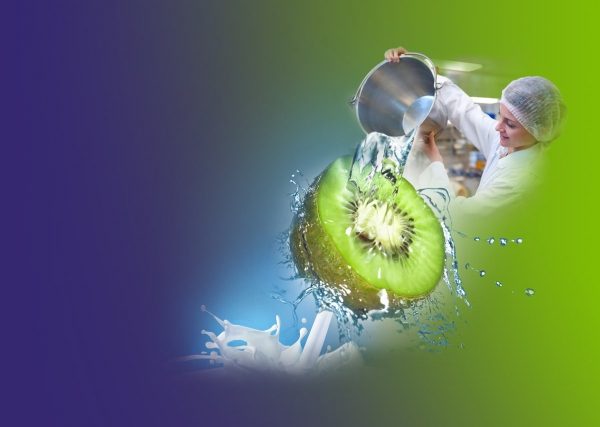
The science is there with proof of agriculture’s essential role in delivering global health and nutrition, and underpinning farming’s social licence for responsible production
New Zealand food and related sciences research centre, the Riddet Institute, leads the world in modelling the contribution of global and New Zealand agricultural production to meeting the nutritional needs of the world’s population.
The Sustainable Nutrition Initiative team which comprises food and nutrition scientists and mathematical modellers has developed the DELTA model to test various scenarios for globally sustainable food production. The model demonstrates the bioavailability and source of nutrients from all plant and animal based foods.
Read More here…
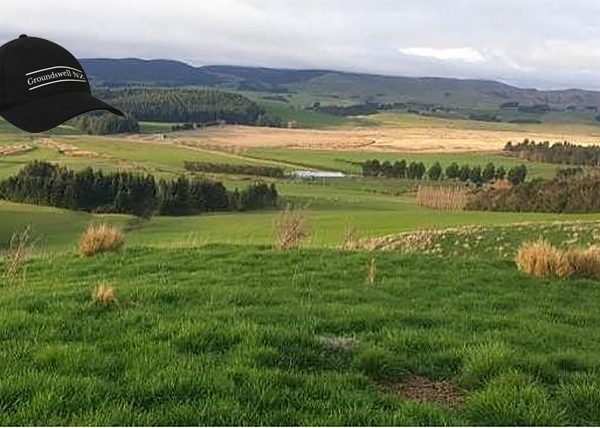
Will high product prices and good grass growth temper enthusiasm and support for rural protest over excessive and sometimes pointless regulation? Or will, Government refusal to engage just make things worse?
The Latest Global Dairy Auction (GDT) has continued its upward trend, at least for the powders. But the fall in the butter and cheddar is a little surprising given that consumer activity should be increasing in developed countries. They both have been tracking each other reasonably closely in recent months and this is the first drop for both in the last six auctions.
Butter was down -1.9%, to an average price of US$4,857/MT.
Cheddar cheese was down -1.2%, to an average price of US$4,274/MT.
Skim milk powder (SMP) was up +0.9% to an, average price of US$3,302/MT.
Read More here…
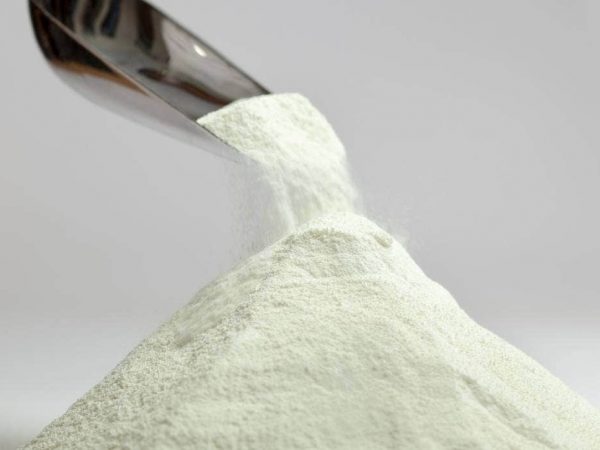
Dairy prices rise at global auction; demand is ‘hot’, analyst says
Dairy prices rose at the global auction overnight, showing demand remains “hot” for New Zealand’s biggest export commodity.
The global dairy trade price index increased 1 per cent at the fortnightly auction. That follows a 4 per cent gain at the previous auction, which was the biggest increase since early March, when it jumped 15 per cent.
“The previous auction resulted in a sharp hike in prices, across all products on offer, and gave the market some direction,” said NZX dairy analyst Stuart Davison. “This auction has solidified those results overall, while also confirming to the market that dairy products are still in hot demand globally.”
The average price for whole milk powder, which has the most impact on what farmers are paid, increased 2.2 per cent to an average US$3777 (NZ$5383) a tonne, with gains across all contract periods. The average price is sitting 26 per cent higher than at the same time last year.
Read More here
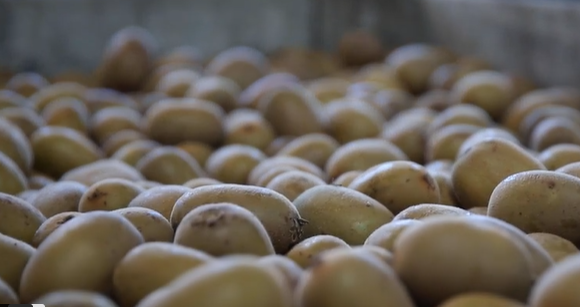
Wild kiwifruit vines ripe for taming in Golden Bay
Wild kiwifruit vines, classified as a pest plant, have been spotted on 39 sites in Golden Bay in an aierial survey.
While the fruit grown in controlled conditions is prized, wild vines can smother native trees and degrade plantation forest. In some North Island areas, wilding kiwifruit have become a reservoir of diseases such as the bacteria Pseudomonas syringae pv. actinidiae (Psa).
Kiwifruit Vine Health operations and compliance officer John Mather on Tuesday said Psa was estimated to have cost the kiwifruit industry about $1 billion since 2010.

The Government never foresaw the land-use forces they were unleashing with the ETS
In recent weeks I have written multiple articles on the Emission Trading Scheme (ETS) with a particular focus on forestry. This week I also had an extended interview with Kathryn Ryan on RNZ ‘Nine to Noon’. However, there is still lots more that needs to be said.
The bottom line is that carbon forestry is now far more profitable than sheep and beef farming on nearly all classes of land. We are indeed on the cusp of the greatest rural land-use changes that New Zealand has seen in the last 100 years.
For many sheep and beef farmers, carbon farming can now be a gold mine. The key requirement is pastoral land that will grow an exotic forest that will not be destroyed by storm, fire or disease.
Read more here…
Australia

Tips to optimise your harvest this season
The Australian grains sector is on course to what is forecast to be another golden harvest for many key production zones as grain begins filling chaser bins across the country.
Favourable growing conditions, and many months of hard work, have meant the latest Agricultural and Resource Economics and Sciences Australian Crop Report forecasts winter crop production will hit 54.8 million tonnes in 2021-22 – a considerable 32 per cent above the 10-year average.
Handling a crop of this volume in a year when access to seasonal labour to support local contractors and farmers will be limited due to border closures, and the freight network may be under pressure, means thoroughly preparing equipment and embracing technology has never been more important.
Read more here…

GrainCorp cautious about future MBRP investment
Grain accumulator and processor GrainCorp has expressed caution about continuing to invest in Victorian rail network sites, while the outcomes for the Murray Basin Rail Project remain unclear.
GrainCorp’s concerns come as work is about to begin on further upgrades of the Murrayville to Ouyen section of the MBRP.
The work is due to be finished by mid-2022.
The 109-kilometre line was last upgraded to standard gauge and re-opened three years ago.
A GrainCorp spokesperson welcomed the commitment to upgrade the line, saying it ensured continued access to the Victorian export supply chain for northern Mallee growers.
Read more here…
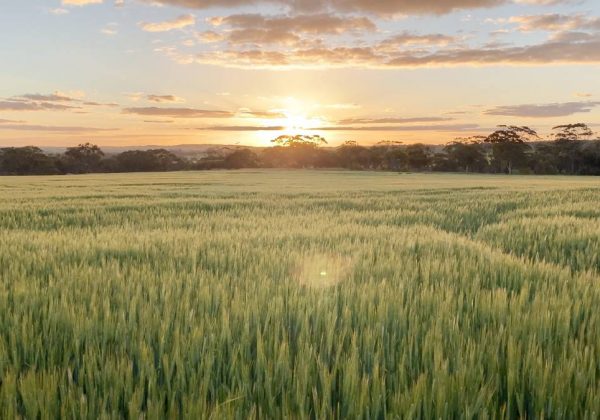
Malt machinations decided for next year’s harvest
MALT barley segregations for Maximus CL are set to be available in some form in every Western Australian port zone, except Geraldton, for the 2022/23 harvest.
The Grains Industry Association of Western Australia’s (GIWA) barley council officially finalised the malt barley variety receival recommendations for next year’s harvest earlier this month.
Other notable changes for 2022/23 include Bass and Flinders being removed from the offerings in the vast majority of areas, with the former set to only be offered as a limited segregation in Kwinana North and South and the latter only in Albany South and Esperance.
La Trobe will move from a limited to a niche segregation across all areas, except for Geraldton where it will not be offered at all.
Read more here
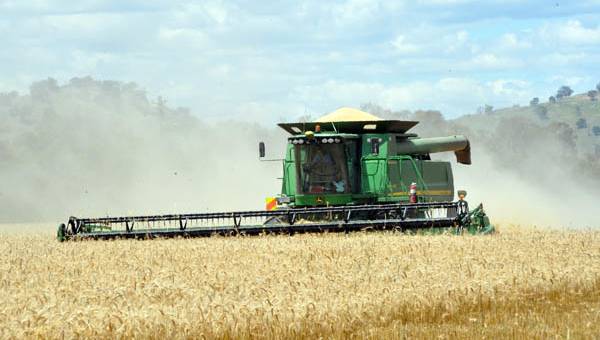
Strong demand for Australian wheat
Shrinking global wheat production is expected to see robust export demand for Australian wheat through the 2021-2022 season.
Global forecasters have been ratcheting production estimates lower through the season on the back of unfavourable weather. The full extent of wheat production losses in the northern hemisphere is only being realised as the harvests in North America, Europe and the Black Sea near completion.
Further cuts to world wheat production are expected to see world wheat export supplies shrink to the lowest level seen in close to a decade and push more demand to Australia. Local grain exporters are reporting strong buying interest from global buyers and they expect this to continue into next year.
Read more here …
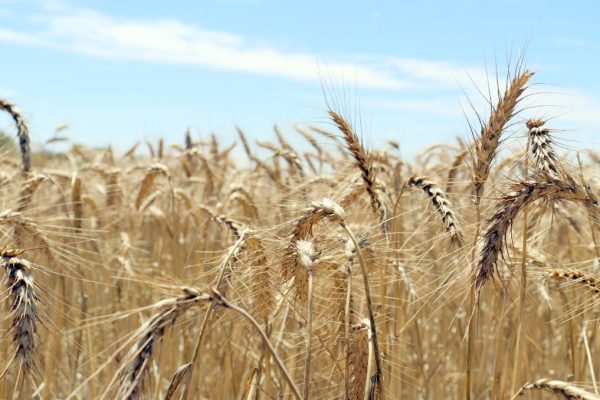
Frost takes a bite of harvest estimates
RECENT frost events and the lack of useful spring rain north of the Great Eastern Highway have caused the Western Australia harvest estimate to decline by more than 700,000 tonnes.
In August, the Grain Industry Association of Western Australia’s (GIWA) crop production estimate was sitting at just over 20 million tonnes, however last week it was announced that has been reduced to 19.3mt.
According to GIWA crop report author Michael Lamond, the very cold temperatures experienced in early September will reduce deliveries by growers in the worst hit areas by at least 50 per cent on what was expected prior to the frost events.
Read more here…
South America
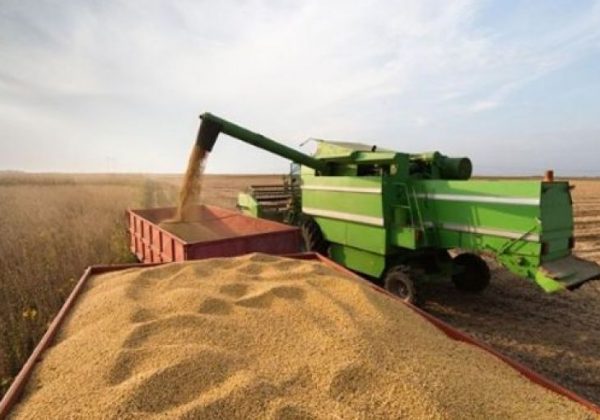
Brazil expects to harvest a record 143,75 million tons of soybeans in 2021/22
With different climate prospects, clearly more positive than last season, Brazil expects to harvest in 2021/22 a new record of some 143,75 million tons of soybeans, according to a survey with information from the main sowing states.
Favorable rains helped to expand planted areas and if estimates are confirmed Brazil will collect 5,5% more oilseeds than in 2020/21 (135,9 million tons) pointed out Conab the National Supplies Company.
Brazil the world’s largest producer and exporter of soy could also reach a record in overseas sales, 40,3 million tons, up 4,62% over the last season.
Market analyst Enilson Nogueira also anticipates a boom for the soy sector, given the profitable prices, which has reflected in a greater area planted.
Read More here…
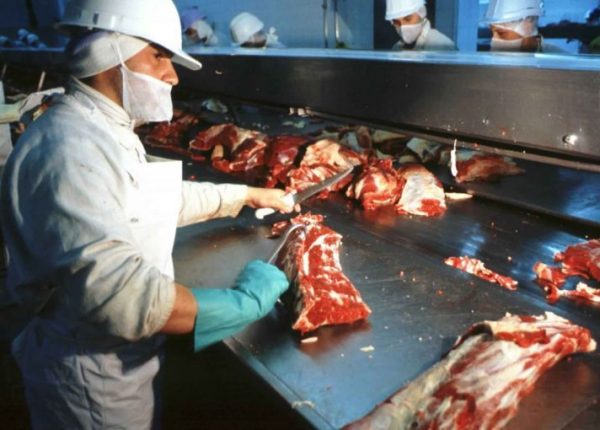
Paraguayan meat production set to achieve historic profits in 2021
Paraguayan livestock traders foresee profits near the US $ 2 billion by the end of a most favourable 2021 for the activity, National Service for Animal Quality and Health (Senacsa) José Carlos Martín announced over the weekend in Asunción.
During “Senacsa Night” at Expo 2021, Martín explained that all meat export items -beef and its offal, pork and its offal, poultry meat and its offal, as well as products and by-products of animal origin- are expected to yield un unprecedented US $ 2 billion income, which would represent a 70% growth compared to 2020 figures.
These figures could have been much better, had the first semester of 2021 not been Paraguay’s worst in the fight against the COVID-19 pandemic, analysts explained.
Read More here
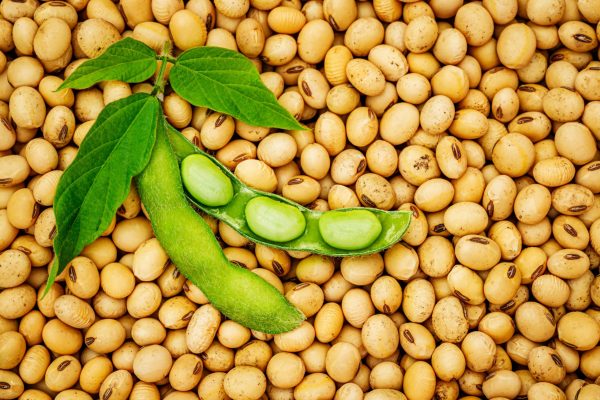
ARGENTINA’S 2020/21 SOYBEAN SALES HIT 30 MLN TONNES -MINISTRY
BUENOS AIRES, Sept 21 (Reuters) – Argentine farmers have sold a total 30 million tonnes of soybeans from the 2020/21 crop, after registering sales over a seven-day period of 650,200 tonnes, the Ministry of Agriculture said on Tuesday.
The sales volume of one of Argentina’s main crops lagged that of the previous season, when by the equivalent point some 31.6 million tonnes of the oilseed had been traded, the ministry said in report with data through Sept. 15.
The 2020/21 soy harvest in Argentina ended in June at 43.1 million tonnes, according to the Buenos Aires grains exchange, compared with 49 million tonnes in the 2019/20 season.
Read more here
Food Updates

MIT engineers develop new method to remove lead from drinking water
The engineers say the process is much more efficient than current methods of lead removal, as it does not target sodium and magnesium which are essential to healthy drinking water.
Engineers at the Massachusetts Institute of Technology (MIT) have developed a new approach to removing lead or other heavy-metal contaminants from water, in a process that they say is far more energy-efficient than any other currently used system, though there are others under development that come close. Ultimately, it might be used to treat lead-contaminated water supplies at the home level, or to treat contaminated water from some chemical or industrial processes.
The new system is the latest in a series of applications based on initial findings six years ago by members of the same research team, initially developed for desalination of seawater or brackish water, and later adapted for removing radioactive compounds from the cooling water of nuclear power plants.
Read more here…

Food insecurity impacts mental health in Canada
Research from the University of British Columbia has revealed that concerns around food insecurity took its toll on Canadians’ mental health during the COVID-19 pandemic.
The COVID-19 pandemic and its associated lockdowns may have worsened worries over food insecurity among many Canadians and negatively impacted their mental health, according to a nationwide survey conducted during the first wave.
People who were younger or who had household incomes below $50,000 were more likely to worry about having enough food to meet their household needs, claims researcher Dr. Corey McAuliffe, a postdoctoral fellow at University of British Columbia’s school of nursing in the faculty of applied science.
Read more here…
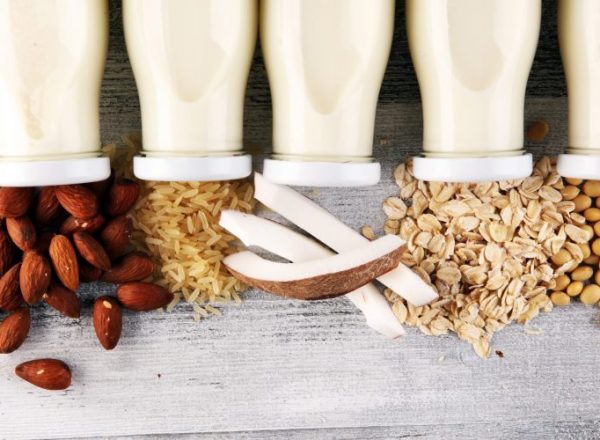
One in three Brits drink plant-based milk as oat overtakes almond
Plant-based milk shows no sign of slowing down, with oat milk now overtaking almond milk as the premier milk alternative after a strong year of growth.
New research from Mintel suggests a record one in three Brits now drink plant-based milk, with usage up from 25 percent in 2020 to 32 percent in 2021, and almost 44 percent of Brits aged 25-44 are plant-based milk users. Usage of standard cow’s milk continues to be lower amongst younger consumers, dropping to 84 percent of 16-24s compared to 96 percent of those aged 65+.
Mintel also claims that a quarter (23 percent) of adults polled agree that plant-based milk is better for them than cow’s milk, while half (50 percent) of adults agree people’s milk choices make a difference to the environment. Overall, a quarter (26 percent) of adults agree the COVID-19 outbreak has made vegan/plant-based food and drink more appealing to them, rising to 38 percent of under-35s.
Read more here…

Top dairy companies join Pathways to Dairy Net Zero initiative
Some of the world’s top dairy producers have signed up to a new initiative to drive the realisation of zero emissions targets within the dairy sector, ahead of the UN Food Systems Summit in New York.
Pathways to Dairy Net Zero, a new climate initiative, is launching today during Climate Week and just prior to the United Nations (UN) Food Systems Summit, scheduled to take place during the UN General Assembly in New York.
Forty leading organizations, including 11 of the 20 largest dairy companies in the world such as Nestle, Dairy Farmers of America, Danone, and Royal FrieslandCampina have already declared their support for the effort. Collectively, these supporters represent approximately 30 percent of total milk production worldwide.
Read more here…
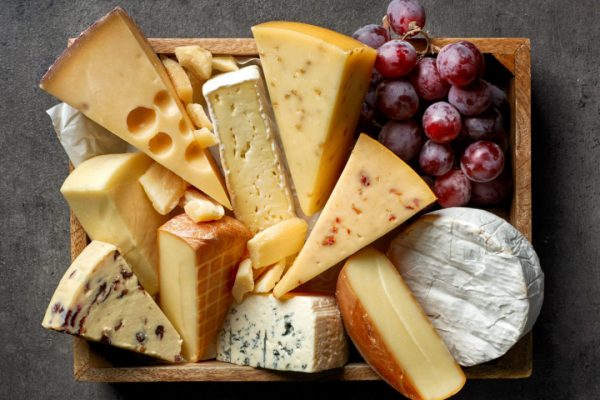
Best practices for cheese sampling amid COVID-19
KANSAS CITY — Few practices in the grocery fresh perimeter were hit harder by COVID than product sampling, and cheese sampling was no exception.
Now, with the pandemic receding, retailers are once again starting to tap into a merchandising tactic that has traditionally played a crucial role in educating consumers —and turning that knowledge into sales.
Heading into summer, most of the retail partners of Green Bay, Wis.-based BelGioioso Cheese were still taking a wait-and-see attitude on sampling, due not only to COVID regulations but also to staff shortages.
Sean Moran, BelGioioso’s vice president of sales, said that should change soon, however.
Read more here…


